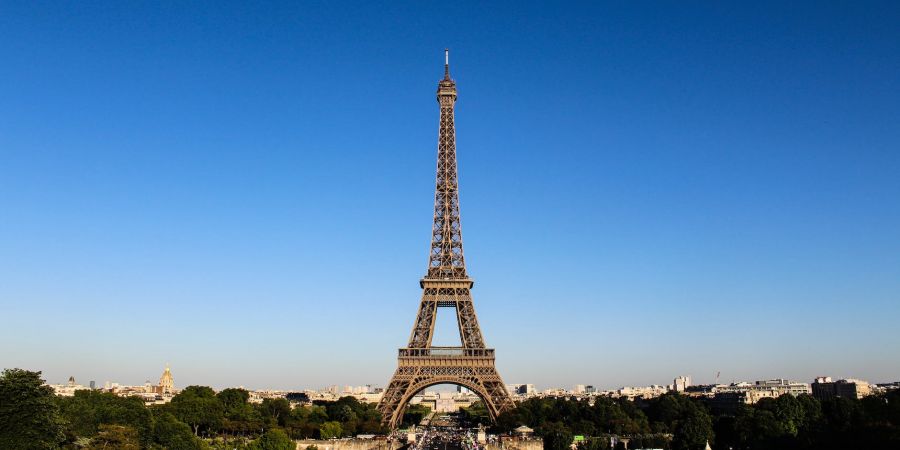

eiffel tower history
eiffel tower tour
over there
The history of the Eiffel Tower is part of the national heritage. For decades it has been a symbol of France and Paris. However, when Gustave his Eiffel completed its construction in eighteen eightthe tower was intended only as a temporary feature of the Parisian landscape and was far from being a favorite Parisian landmark. Discover the development and history of the Eiffel Tower in Paris.
History of the Eiffel Tower:
beginning
Paris' most popular tourist attraction has been in the sky for one twenty seven years. Although it is now a symbol of France, it did not last long. The turning point in the history of the Eiffel Tower was undoubtedly the eighteen eighty seven Universal Exhibition. To commemorate the hundred anniversary of the French Revolution, a competition was held to "build an iron tower on the Champ de Mars with a square base one twenty five meters wide and three hundrad meters high." The work of Gustave Eiffel was selected from among one seven submissions. By his side were the engineers Maurice Coeclin and Emile Nouguier and the architect Stéphane Sauvestre.
Skepticism about the Iron Lady
The history of the Eiffel Tower has not been easy. At the time, many people opposed the building, expressing their concerns in a letter entitled Artist Against the Eiffel Tower, stating that the tower was a threat to the aesthetic qualities of Paris.
The iron built in the heart of Paris The tower was considered unacceptable and was a stark contrast to the elegance and sophistication of Paris. For example, Verlaine nicknamed the Eiffel Tower "Befroy's Skeleton", referring to the gigantic tower's awkward appearance that inevitably "defiles" the city.
Eiffel Tower Construction History
Despite all the excitement, the fragile iron tower still survived the day. To understand the history of the Eiffel Tower, it's important to know the different stages of its construction. The construction itself took two years.
The tower he has three floors, with restaurants on the ground floor and his second floor. His second deck on the top floor, at two seventy six m above ground, is the highest observation deck open to the public in the European Union.
By purchasing a ticket, he can go up to the 1st and 2nd floors by stairs or elevator. There are more than 300 steps uphill from the ground to the first floor,




